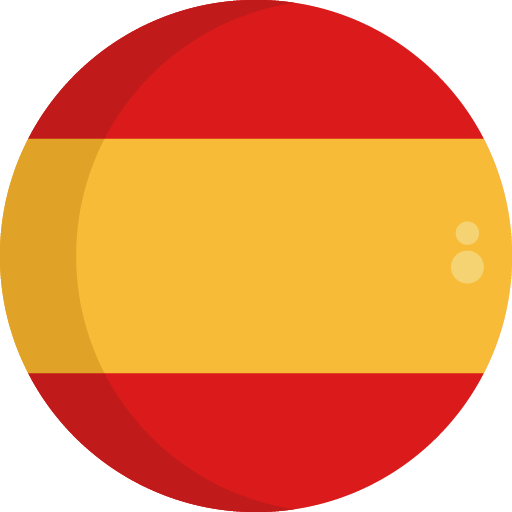| | 33bthe soldiers crucified him there along with the criminals, one on his right and one on his left. | 18There they crucified him, and with him two others, one on each side, with Jesus in the middle. |
| 35After crucifying him, they divided his garments among themselves by casting lots. 36Then they sat down and kept watch over him there. | 24And they crucified him. Then they divided his garments, casting lots for them to see who would take what. | 34But Jesus said, “Father, forgive them, for they know not what they do.” Then they cast lots to divide his garments. | 23When the soldiers crucified Jesus, they took his garments and divided them into four parts, a part for each soldier. They also took his tunic, which was seamless. It was woven in one piece from top to bottom, 24so they said to one another, “Let us not tear it apart, but cast lots for it to decide whose it will be.” This happened to fulfill the Scripture that says,“They divided my garments among themselves,and for my clothing they cast lots.”This is what the soldiers did. |
| 37Over his head they placed the written charge against him, which read, “This is Jesus, the King of the Jews.” 38Then two robbers were crucified with him, one on his right and one on his left. | 25It was the third hour when they crucified him. 26The inscription of the charge against him was written as follows: “The King of the Jews.” 27With him they crucified two robbers, one on his right and one on his left. | 38There was also an inscription over him written in Greek, Latin, and Hebrew letters, which read: “This is the King of the Jews.” | 19Pilate also wrote a notice and put it on the cross. It read, “Jesus of Nazareth, the King of the Jews.” 20Many of the Jews read this notice, because the place where Jesus was crucified was near the city, and it was written in Hebrew, Greek, and Latin. 21Then the chief priests of the Jews said to Pilate, “Do not write, ‘The King of the Jews,’ but rather, ‘This man said, “I am the king of the Jews.” ’ ” 22Pilate answered, “What I have written, I have written.” |
| 39Those who passed by reviled him, shaking their heads 40and saying, “You who would destroy the temple and build it in three days, save yourself. If you are the Son of God, come down from the cross!” | 29Those who passed by reviled him, shaking their heads and saying, “Ha! You who would destroy the temple and build it in three days, 30save yourself and come down from the cross!” | 35aThe people stood there looking on, | |
| 41In the same way the chief priests also, along with the scribes, elders, and Pharisees, were mocking him, saying, 42“He saved others, but he cannot save himself. If he is the king of Israel, let him come down now from the cross, and we will believe in him. 43He has put his trust in God; let God deliver him now if he wants him, for he said, ‘I am the Son of God.’ ” | 31In the same way the chief priests also, along with the scribes, were mocking him among themselves, saying, “He saved others, but he cannot save himself. 32aLet the Christ, the king of Israel, come down now from the cross, so that we may see it and believe him.” | 35band the rulers who were with them ridiculed him, saying, “He saved others; let him save himself if he is the Christ, the Chosen One of God.” 36The soldiers also mocked him, coming up to him and offering him sour wine, 37saying, “If you are the king of the Jews, save yourself!” | |
| 44The robbers who were crucified with him were also reviling him in the same way. | 32bThe men who were crucified with him were also insulting him. | | |
| | 39One of the criminals who was hanging there reviled him, saying, “If you are the Christ, save yourself and us!” 40But the other rebuked him, saying, “Do you not even fear God, seeing that you are under the same condemnation? 41The two of us are justly condemned, for we are receiving the appropriate punishment for the things we have done, but this man has done nothing wrong.” 42Then he said to Jesus, “Remember me, Lord, when you come in your kingdom.” 43Jesus said to him, “Truly I say to you, today you will be with me in Paradise.” | |
| | | 25Standing by the cross of Jesus were his mother, his mother's sister, Mary the wife of Clopas, and Mary Magdalene. 26When Jesus saw his mother and the disciple whom he loved standing nearby, he said to his mother, “Woman, behold, your son.” 27Then he said to the disciple, “Behold, your mother.” And from that hour the disciple took her into his own home. |



















